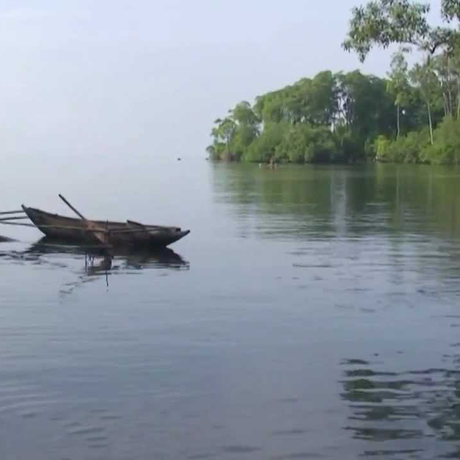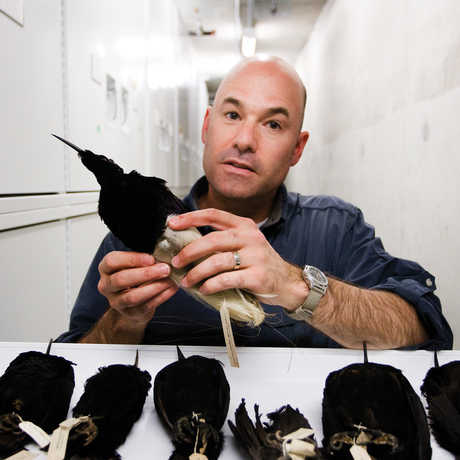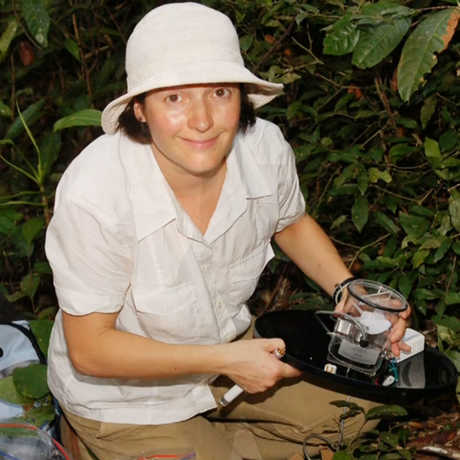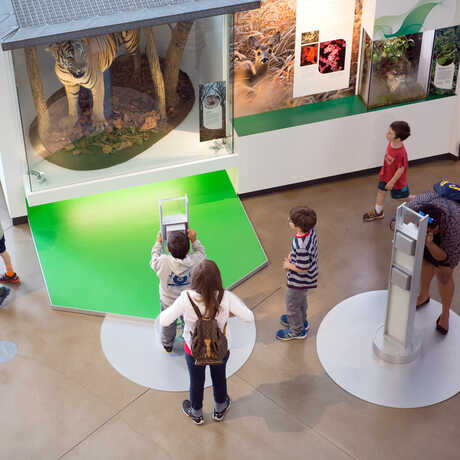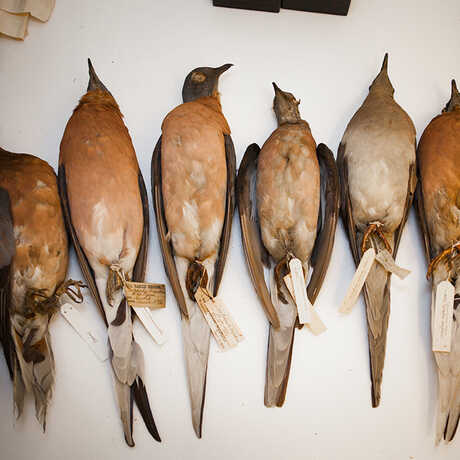Scientific Expeditions
Papua New Guinea
Located almost directly on the equator in the western Pacific, Papua New Guinea is the largest tropical island in the world. And though it contains less than 1 percent of the planet’s land, its pristine rainforests house 9 percent of all known species of birds, making it a haven for ornithologists.
For the past several years, Academy Ornithology and Mammalogy Curator Jack Dumbacher has been working to create an accurate distribution map of these birds across the island, and he's made some startling scientific discoveries in the process. Two of these relate to the famous "poison" pitohuis birds. Dumbacher found that these birds use the same toxin found in poison dart frogs and that some species use Müllerian mimicry, a type of adaptation by which two poisonous species copy each other’s warning coloration.
The Team
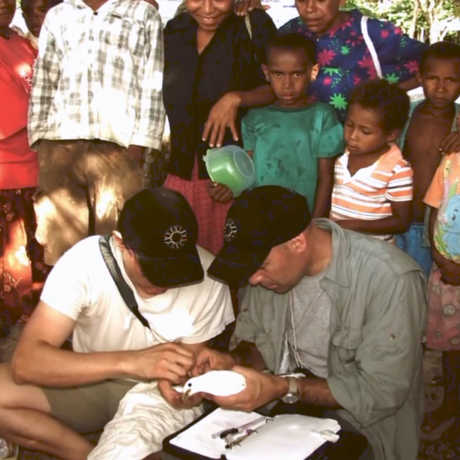
Jack Dumbacher leads the Academy’s Papua New Guinea expeditions, making annual trips to the island and its surrounding areas to document bird biodiversity. Past collaborators include the Papua New Guinea National Museum and Art Gallery and students at the Joe deRisi Lab at the University of California San Francisco.
Dumbacher attributes much of his research success on the island to his local guides, whom he says he is “totally dependent on.” The guides give Dumbacher valuable local wisdom, including which roads to travel on, what organisms are harmful, and where the most birds are located.
Survey and Sustain
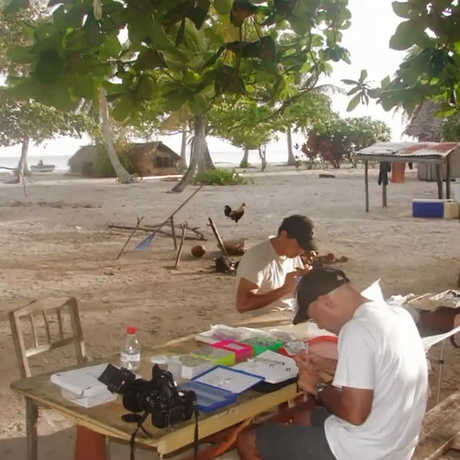
After spending 20 years documenting the bird diversity of Papua New Guinea, Dumbacher began to turn his attention to the smaller, un-surveyed islands of Milne Bay. He and his team seek to document and collect bird species to determine how they vary across the islands. The islands' remoteness and diverse landscapes also make them an excellent place to study avian diseases and how they spread—a topic that has far-reaching applications for human health issues.
Dumbacher also seeks to engage local residents and their children and to explore ecologically responsible methods of traveling to the remote islands of Papua New Guinea, paving the way for future sustainable research practices in the area.
Catching Birds, Finding Viruses
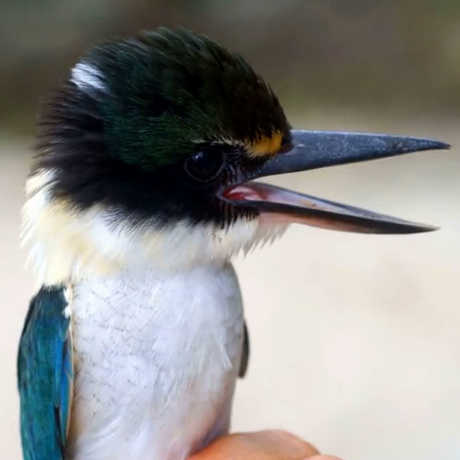
To catch birds, researchers set up 10 to 15 mist nets made of fine, dark nylon thread in a plot. When birds flew into a net (dropping gently onto internal shelves), the team gathered data on each animal, taking blood and fecal samples as well as photographs. Back in California, students at the DeRisi Lab extracted DNA and RNA from the samples and used micro-array technology to screen for viral genomes, finding several viruses whose natural histories are not well known. Now that the researchers know what know what types of viruses infect these birds, they can ask more questions about how said viruses affect bird populations in Milne Bay.
O&M collections include 135,000 bird and mammal specimens from more than 120 countries. Meet the researchers, explore projects and expeditions, and more.
